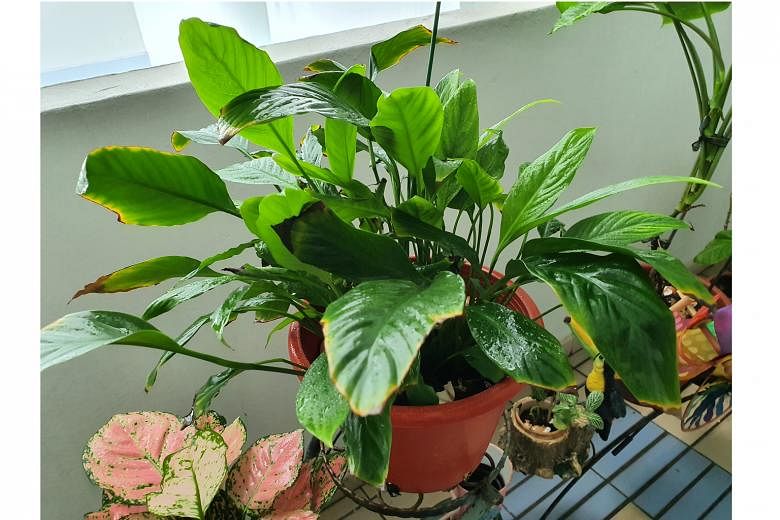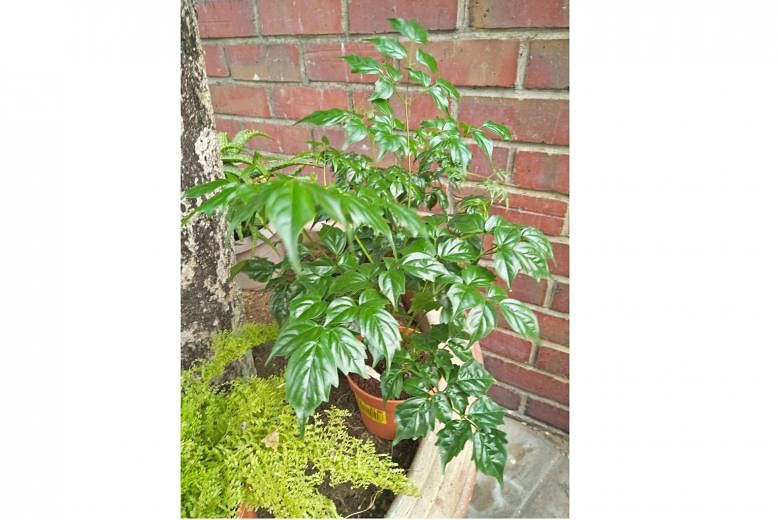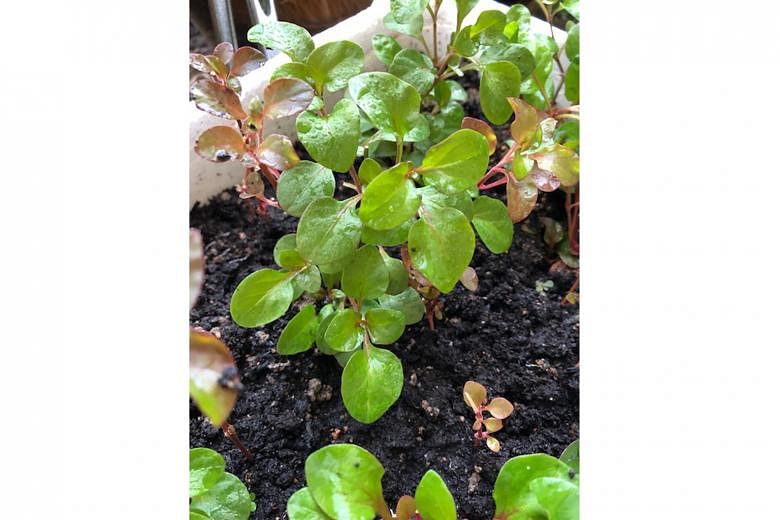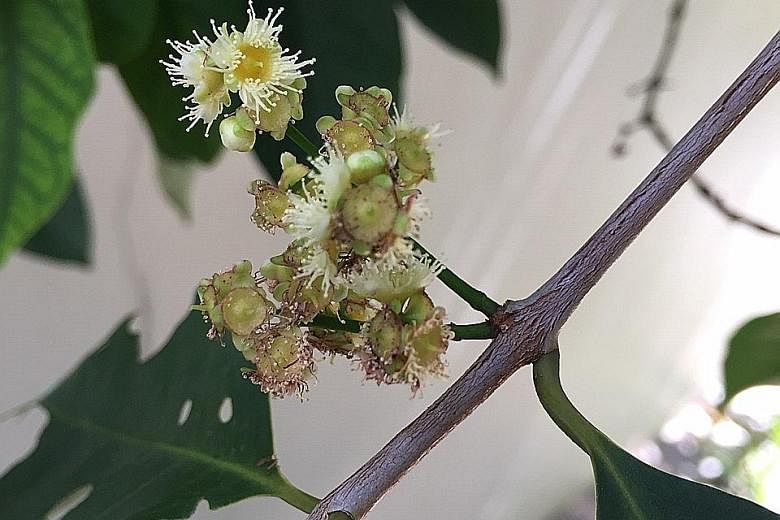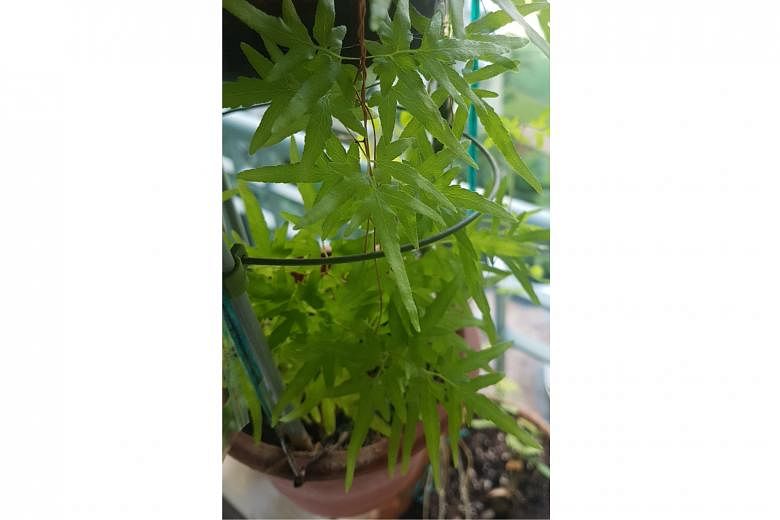Peace Lily may have been over-fertilised or underwatered
The leaves of this plant have black tips and yellow edges. I pruned the affected areas and sprayed pesticide with neem oil, but it continues to weaken. How can I save it?
Wu Xun
The plant is commonly called the Peace Lily (botanical name: Spathiphyllum wallisii).
Has your plant been growing in its current pot of media for a long time? If so, fertiliser salts could have built up over time and caused the leaves to be burnt.
Another reason could be excessive feeding.
In either case, you should stop feeding the plant for now and try to leach the salts from the root zone using water. If the treatment is successful, new leaves produced later will look healthy.
Another reason for the brown leaf tips could be due to underwatering. Did the plant ever wilt totally? Were there occasions where it has been allowed to dry out excessively?
Do remember to water regularly to ensure the soil is moist so that the plant does not suffer from drought stress, which can lead to the symptom pictured.
Shrub likely the China Doll Plant
What plant is this? It is growing fast and, if it is a tree with or without flowers, I would like to get rid of it.
Marie Goh
The plant is likely the China Doll Plant (botanical name: Radermachera sinica). Commonly sold as a potted houseplant, it is noted for its shade-tolerance and admired for its lush foliage.
Instead of discarding it, you may want to put it in an appropriate corner of your outdoor garden or at a bright area indoors.
You can prune it periodically to manage its height as well as to promote a bushier growth habit.
Cook Alternanthera species before eating
My helper got some of these from her friend to plant them. She was told these are edible. Once, she harvested and stir-fried the leaves. They tasted like watercress. What plant is this?
Goh Chew Eng
The plant is a species of Alternanthera.
Plants belonging to this genus are well known ornamental plants with colourful leaves that are used in outdoor landscaping. Some species produce edible leaves.
The one pictured is commonly called Thai or Wild Watercress. It is confused with the true watercress (botanical name: Nasturtium officinale). Note that this plant is best eaten after cooking to reduce the oxalate content in the leaves.
Indonesian bay leaf tree a Singapore native
This plant started growing in my rock garden about two years ago and is now about 4m tall with a skinny trunk. It has very small flowers that attract a large number of insects. Sometimes, there are small berries that never ripen because birds peck at them. The only two that were formed were reddish-brown and about 0.5cm in diameter.
Dorothy Tay
The tree is likely the Indonesian bay leaf or Salam and is botanically known as Syzygium polyanthum. Its fruit is popular with birds, which disperse the seeds through their droppings.
It is a native tree of Singapore and is grown in bird-attracting landscapes.
In South-east Asia, in particular Indonesia, the young leaves are often used as a spice in cooking. Fresh or dried leaves are added to meat and vegetable curries, rice and stews.
Japanese Climbing Fern a fast-growing weed
What plant or climber is this and will it flower? It was probably propagated by the wind and it grew very fast before I even noticed it.
Isaac Ho
The plant is most likely the Japanese Climbing Fern (botanical name: Lygodium japonicum). Ferns are non-flowering plants and this species often occurs as a fast-growing weed. It can quickly grow and cover up slower-growing plants and kill them by shading them out.
• Answers by Dr Wilson Wong, an NParks-certified practising horticulturist, parks manager and ISA-certified arborist. He is the founder of Green Culture Singapore and an adjunct assistant professor (Food Science & Technology) at the National University of Singapore.
• Have a gardening query? E-mail it with clear, high-resolution pictures of at least 1MB, if any, and your full name to stlife@sph. com.sg. We reserve the right to edit and reject questions.
